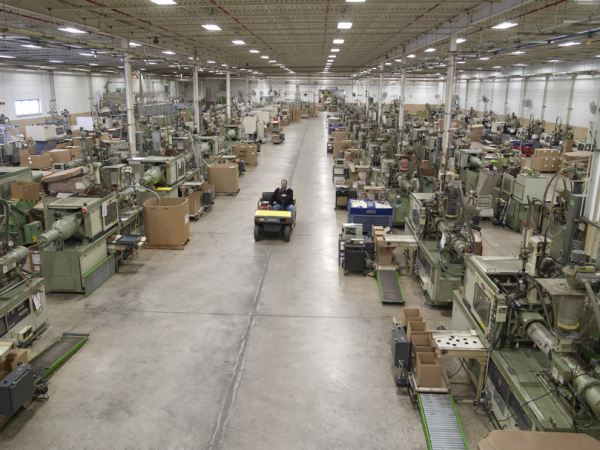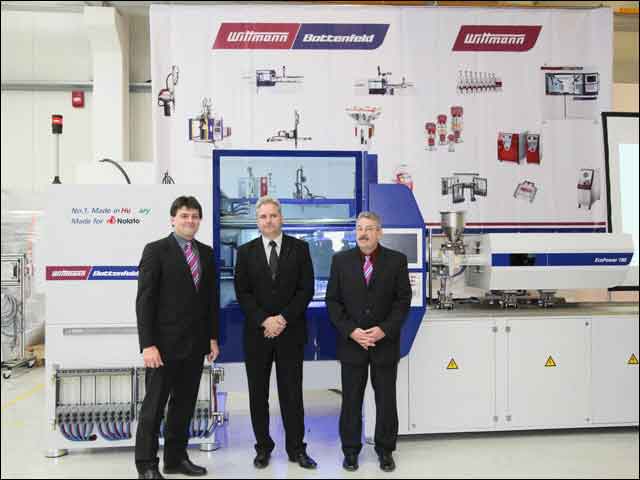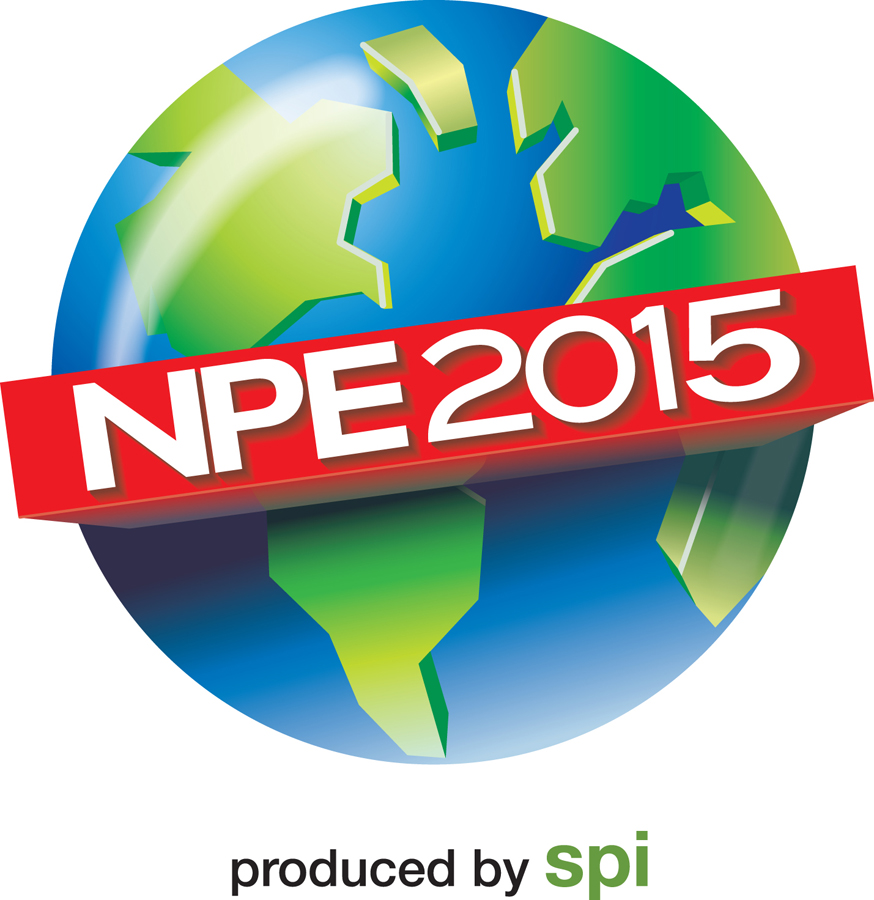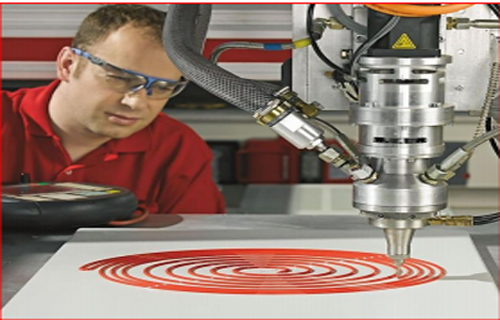It seems that the Chinese are now coming, but not in submarines. Last month Shanghai Automotive Industry Corp. (SAIC), the domestic partner of Volkswagen and General Motors in China, announced the opening of their new North American Operations Center in Birmingham, MI. It seems the company’s goal is to create a stronger connection between the U.S. and Chinese automotive industries, and deepen “relations with its existing U.S. parts makers—and finding new companies to work with,” said IHS SupplierBusiness in a recent editorial.
While the official reasons for setting up a North American headquarters include things such as wanting to “enhance the technology in its non-JV vehicles” and “work more closely with suppliers on components from the conception state,” and “gear up for the huge expansion that is seen as inevitable in China as vehicle sales expand inland, there is another motive that China watchers have suggested: “SAIC wants more direct technical links with U.S. suppliers, instead of working mainly through GM.”
Could that be interpreted as “they want more of the technical know-how and technology that drives the U.S. automotive industry that has made it the some of the best in the world?” Hm-m-m. Could be. Many U.S. companies that manufacture in China have been extremely careful about the technology they take there. I’ve even talked to some in various manufacturing industries that have said, “It’s one thing to install manufacturing technology and make stuff there. It’s quite another to ‘give’ the Chinese the technology we’ve developed.”
Will hungry suppliers, eager for more business, spill the technology beans?
According to an article in FDI Tracker, a publication that tracks foreign direct investment in various countries including North America, “cooperation between U.S. and Chinese automotive companies is increasingly important in the new global automotive marketplace.” FDI Tracker quotes Mr. Maoyuan Hu, SAIC Motor chairman, “It is clear to see SAIC’s determination to deeply cooperate with U.S. businesses and SAIC will continue to promote the development of exchanges with partners in the U.S. I believe SAIC USA will enhance the operations of localization in the recruitment of professional, technical and management personnel and actively expand economic and trade activities.”
The SupplierBusiness commentary noted that SAIC ranks 151st on the 2011 list of global Fortune 500 companies, and “is a world powerhouse with far-flung ambitions. Shanghai GM, the biggest automaker by sales in China, recently announced plans to open a $1.1 billion plant in Wuhan, China – its fourth in the country.”
One of SAIC’s goals, according to the SupplierBusiness commentary, is “to develop profit centers outside of the VW and GM joint venture,” which, according to SupplierBusiness, are “wildly lucrative.” However, these profits “mostly stay inside the joint venture.”
Hu is quoted in the editorial saying, “We expect SAIC USA will continue healthy growth in this market, and this will be a new chapter of mutually beneficial cooperation for China and the U.S., with the support of both countries.”
Some suppliers are holding out hope that the Chinese auto industry will offer them a safety net should demand drop in Europe and North America. One respondent to the July 2012 Automotive Supplier Barometer, a survey conducted by the Original Equipment Suppliers Association (OESA) and Deloitte LLP, said, “U.S market seems to maintain strength but I expect the Euro-zone to be much worse than originally forecast. China may be a wild card if it begins to slow further.”
Maybe with all the talk of reshoring manufacturing from China, the Chinese figure that “offshoring” their manufacturing just might work as well. There’s long been a reluctance to provide technological know-how when sending manufacturing to China. By the Chinese coming here, they may have greater access to not just suppliers but also to supplier “tribal” knowledge that exists among the automotive supplier community.










